Homemade Vegetable Broth: A Simple, Flavorful Way to Reduce Waste and Boost Nutrition
I’m on a mission to make more of my food at home using whole-food ingredients. My latest experimentation has been with homemade vegetable broth. I have tweaked the method, so you don’t have to!
Why Make Your Own Vegetable Broth?
Vegetable broth is a pantry staple that can be used in homemade soups, ramen, pasta, and many other dishes. However, store-bought versions may have excessive amounts of sodium or added preservatives. Preparing it yourself can give you control over how much sodium you add, depending on your taste preferences and health needs. The flavors from the various vegetables used in a homemade version also create a fresher and well-rounded taste. Making it yourself also gives you the opportunity to repurpose vegetable discards that would otherwise be trashed, ultimately reducing your food waste. It’s a win-win-win!
Gathering Your Ingredients: What Veggies Work Best?
Once you’ve decided to make your broth, the next step is to identify what foods you will save. Vegetable peels are a great place to start. This includes onion, potato, garlic, and squash peels. You can also use the end “nubs” or tops of any vegetables. Carrots, celery, mushrooms, and asparagus ends all make for a nutrient-dense flavor. While not technically an “end” piece, you can also toss in cobs from corn. I also like to add scallions and leeks for optimal flavor. Lastly, and perhaps the secret ingredient, are herbs. Thyme, parsley, and bay leaves are my favorites. However, I would omit cilantro and mint, as they have a distinct flavor that may overpower the overall flavor of your broth.
Wondering what else to leave out? Foods in the cruciferous vegetable family, such as cabbage, broccoli, and kale, create a bitter taste. Beets also have a strong flavor that can be overpowering. Starchy vegetables, like potatoes, can make the broth too thick and cloudy. For food safety reasons, avoid adding moldy or rotten vegetables. These are best left in the waste bin!
Making Vegetable Broth: A Step-by-Step Guide
-
Storing your Veggies: Choose a freezer-friendly bag or container that can hold at least a half-gallon of produce. Add your vegetables and keep them in an airtight container for up to six months or until you’ve collected about six cups of them. At this point, you are ready to start making the broth! Pro tip: Avoid sautéing the herbs; doing so can make them bitter. Keep them to the side and add them in step two.
-
Sautéing the Vegetables: Building Flavor: While this step is technically optional, I find that sautéing your vegetables really enhances the flavor profile of the broth. Heat 1 Tbsp. of olive or avocado oil in your sauce pot on medium heat for 5-10 minutes, or until the vegetables are soft and slightly browned.
-
Simmering with Water and Herbs: Extracting the Goodness: The simmering is where the magic happens. Use a large sauce pot. You will want a 2:1 water-to-vegetable ratio. For 6 cups of vegetable scraps, add about 12 cups of water. Simmer gently for a minimum of 1 hour. The longer you simmer, the more flavor your broth will achieve. However, you can over-simmer your broth. Six hours is the general maximum, but I find 2 hours to be the sweet spot. Once it's completed, turn off the heat and move the pot away from the burner to let the broth cool.
-
Straining the Broth: Achieving a Clear Liquid. Once you've cooled, you're ready to strain! Place a colander or strainer over your broth storage containers. This can be mason jars (recommended for individual portions) or a large container that can be stored airtight. Pour the contents of the simmer pot over the container, so that the liquid is collected and the vegetable scraps remain in the colander. You can then discard (or compost!) your scraps while saving the broth. Broth can be stored in the fridge for up to 5 days, or it can be returned to the freezer for 3-6 months.
Now that you've made your broth, you can enjoy it in a variety of dishes. My personal favorite is to use it to make one-pot pasta with homemade sauce. What are your favorite vegetable broth recipes? Share them in the comments below!


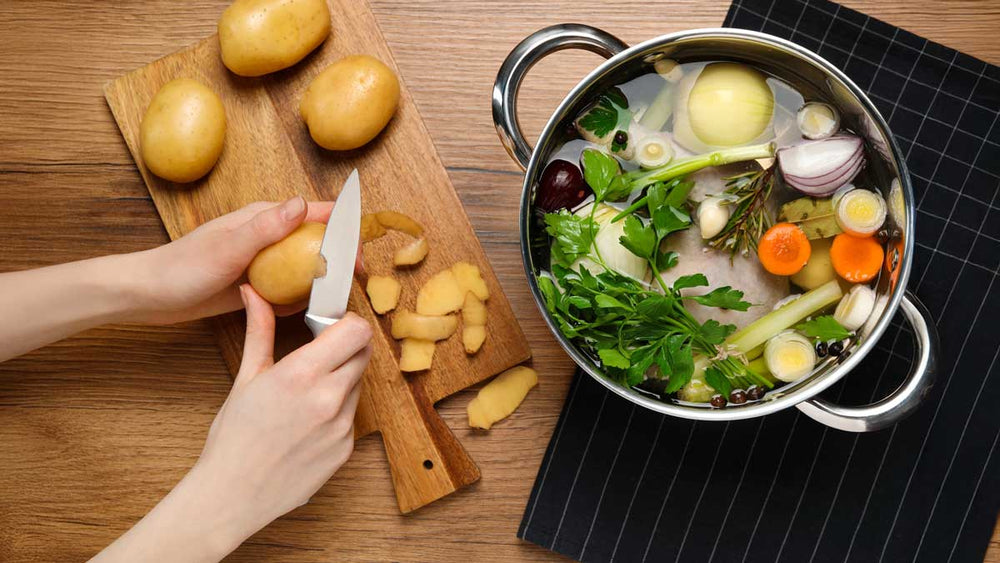
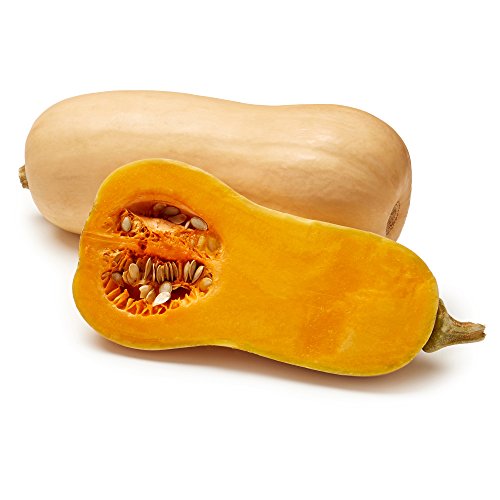
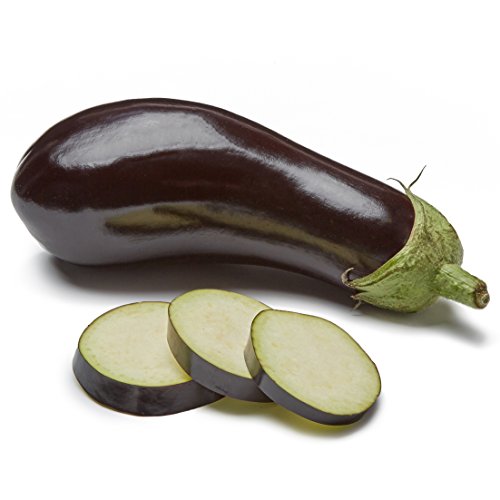
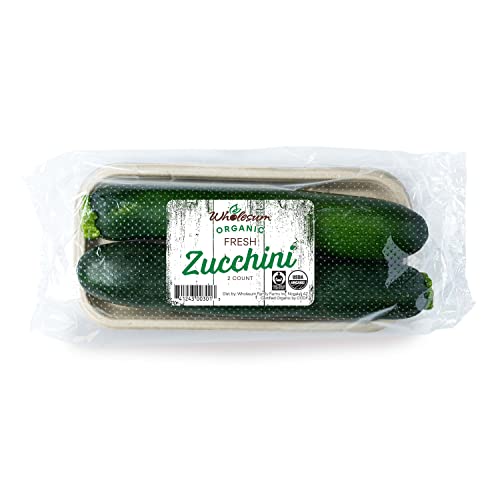
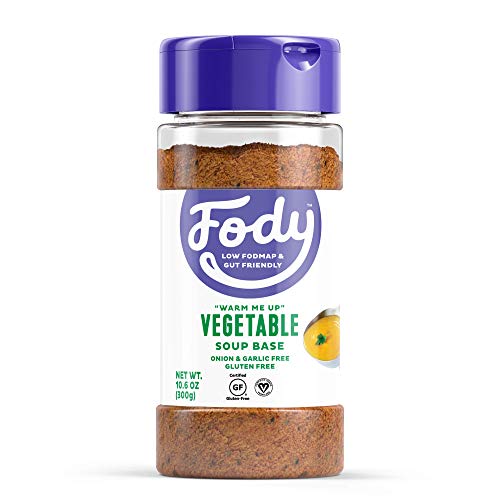

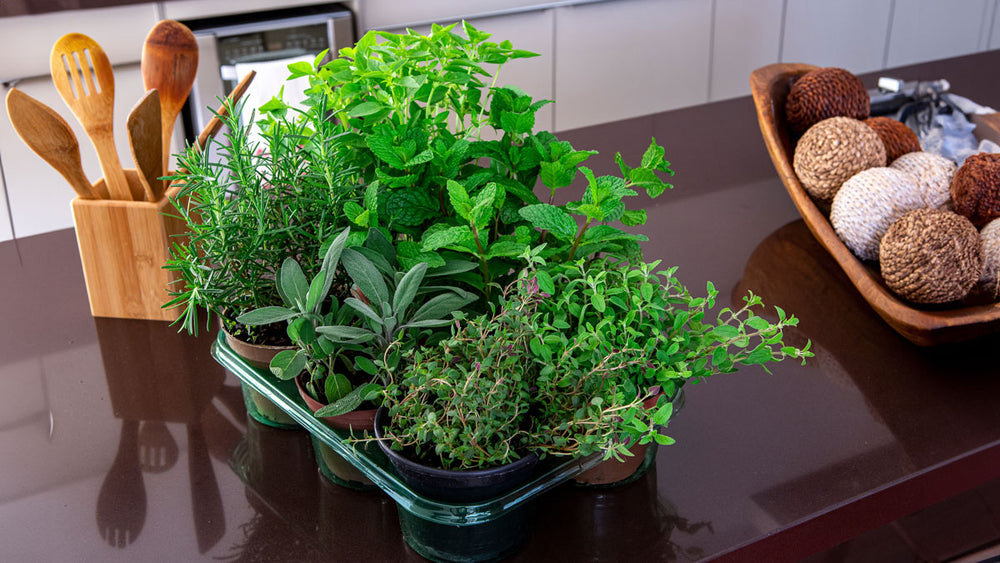


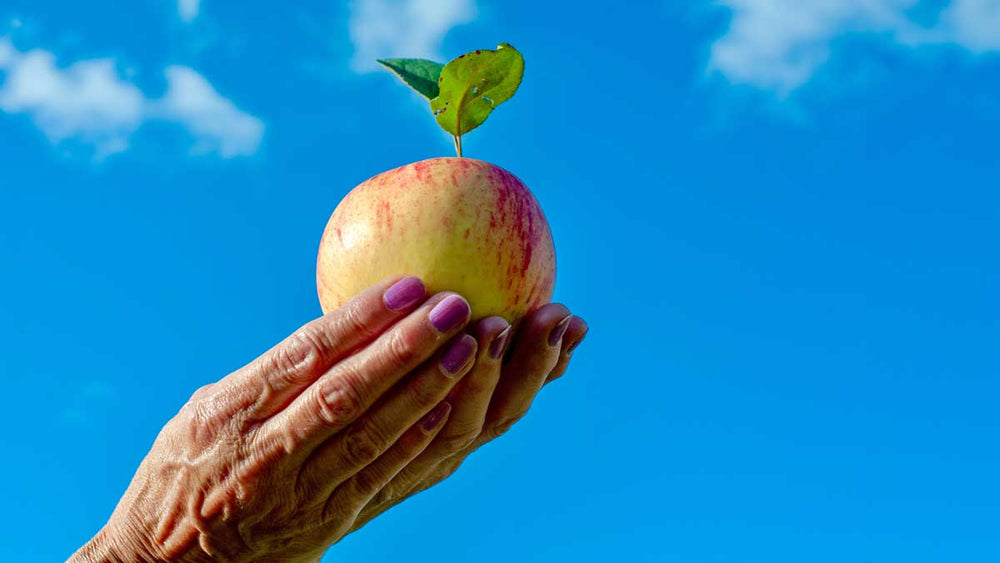


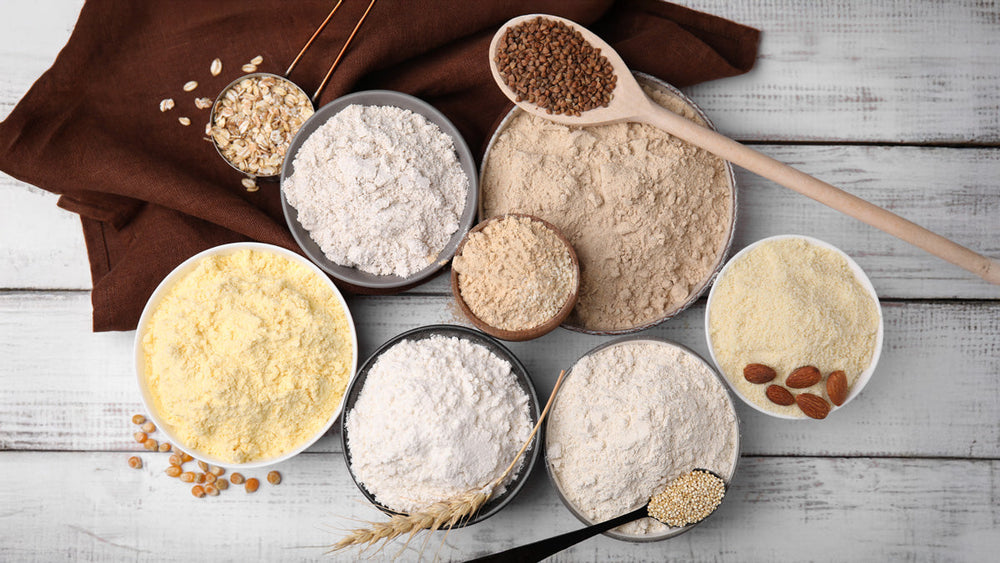







Comments
Join The Conversation...